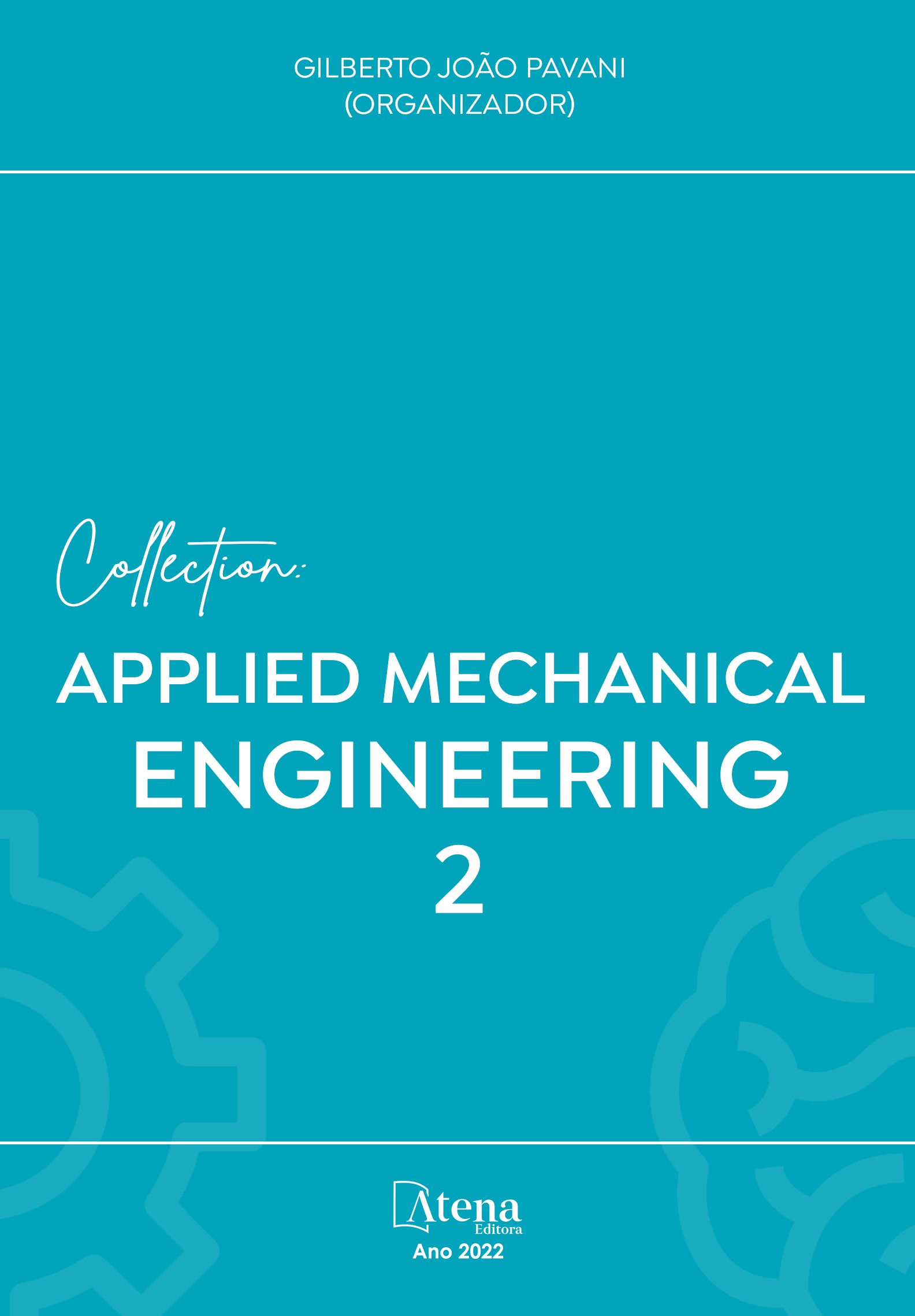
ANÁLISE TERMOFLUIDODINÂMICA EM TROCADORES DE CALOR DO TIPO CASCO E TUBO UTILIZANDO TÉCNICAS DE CFD
Trocadores de calor casco e tubos são amplamente utilizados em processos industriais, para as mais diversas funções envolvendo fluidos como aquecimento, resfriamento, evaporação. O presente trabalho visa a aplicação da dinâmica dos fluidos computacional – Computational Fluid Dynamics (CFD), através do solver de código fonte aberto OpenFOAM, para obtenção da solução do escoamento em contracorrente de um fluido newtoniano em um trocador de calor casco e tubos com variações geométricas. Desta forma, são descritas as etapas adotadas para o desenvolvimento do modelo computacional e por fim são mensurados e analisados parâmetros de eficiência para as diversas geometrias, sendo eles o coeficiente global de transferência de calor, a queda de pressão e os campos de velocidade e temperatura. Para as análises foram utilizados os modelos de turbulência k-epsilon e LES (Large-Eddy Simulation) via modelo de Smagorinsky.
ANÁLISE TERMOFLUIDODINÂMICA EM TROCADORES DE CALOR DO TIPO CASCO E TUBO UTILIZANDO TÉCNICAS DE CFD
-
DOI: 10.22533/at.ed.8272229042
-
Palavras-chave: TROCADOR DE CALOR, CFD, CASCO E TUBO, OpenFOAM
-
Keywords: HEAT EXCHANGERS, CFD, SHELL AND TUBE, OpenFOAM
-
Abstract:
Shell and tube heat exchangers are largely used in industrial processes for the most diverse functions such as heating, cooling, evaporation and condensing of fluids. The present work aims the application of computational fluid dynamics (CFD) to obtain the solution of the countercurrent flow of a Newtonian fluid in a shell and tube heat exchanger with different geometries, which present variation in the number of baffles and in the shape of the inner tubes. Thus, the necessary steps for the development of the computational model are described and, finally, it is possible to measure and analyze efficiency parameters for the various geometries, like the global heat transfer coefficient, the pressure drop and the velocity and temperature. For the calculations, the k-epsilon turbulence models and the Smagorinsky model were implemented.
-
Número de páginas: 13
- Francisco Augusto Aparecido Gomes
- Jakeline Loureiro
- LUCAS VINICIUS DA SILVA AZEVEDO


